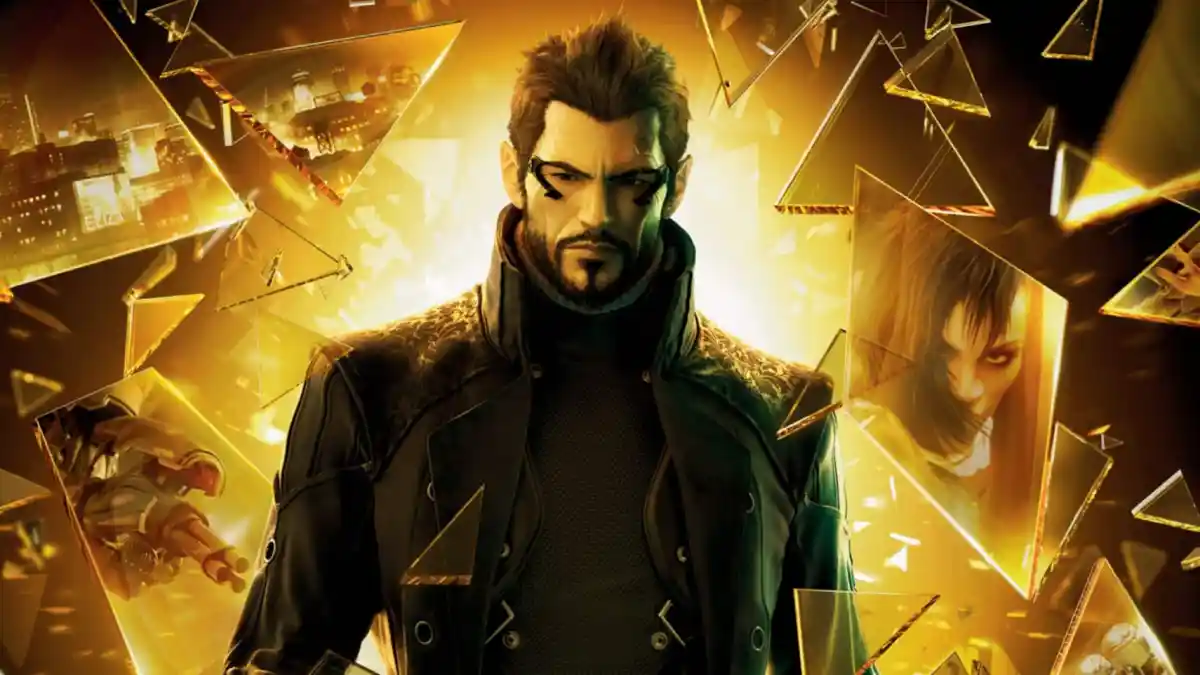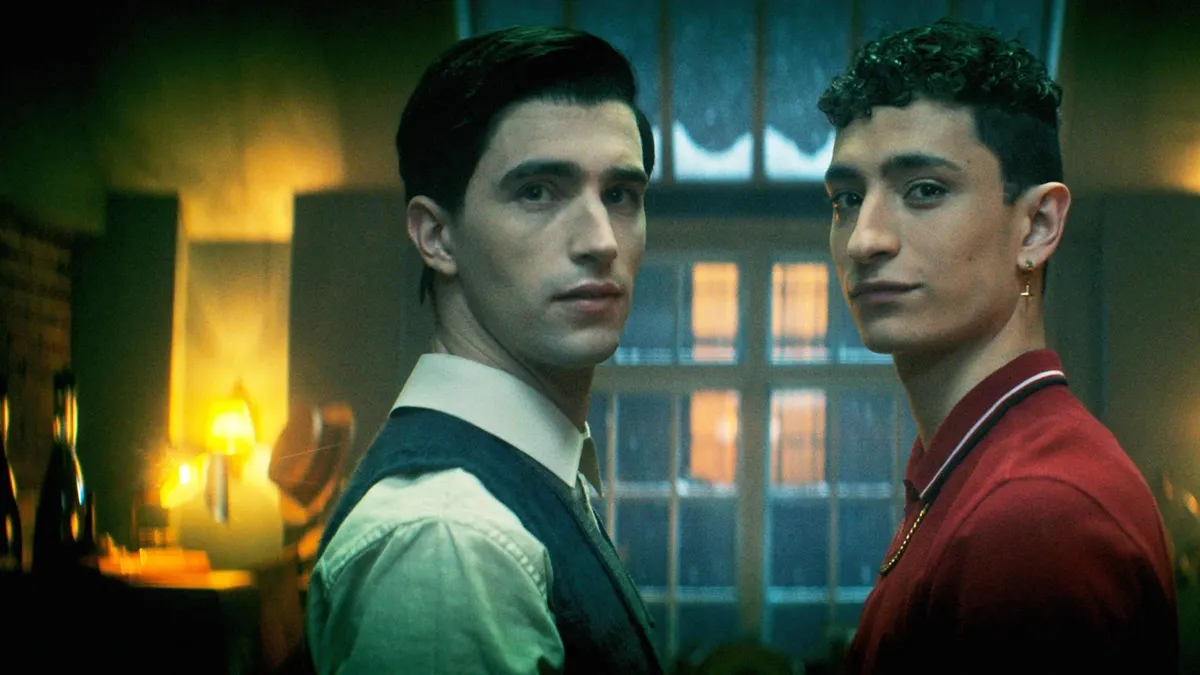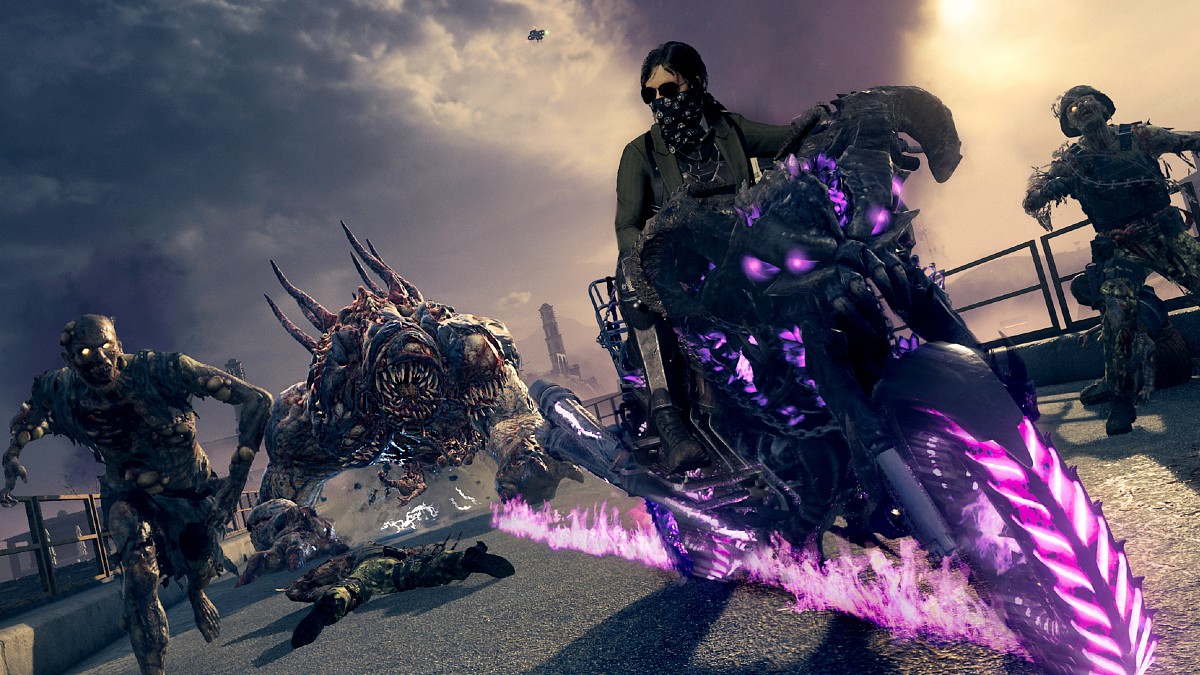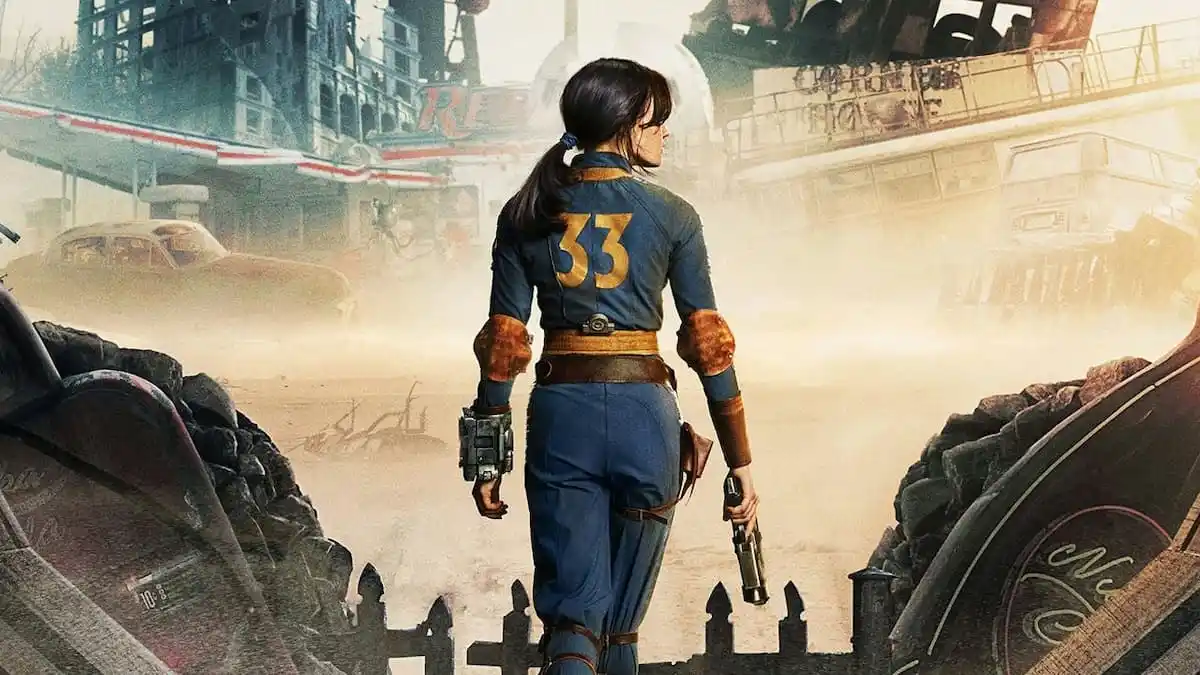The original Deus Ex, released in 2000, quickly cemented a lasting reputation for its level design, plot, and complex systems that encouraged player choice. Its 2003 successor, Invisible War, was just as quickly reviled as one of the worst sequels ever made (though it was critically well received). It may have been because both games were developed by Ion Storm Austin, or because Invisible War was still passable when judged purely on its own merits, but the fan base became convinced that a worthy sequel to Deus Ex was impossible. As if to prove the point, several Deus Ex projects were canceled, Ion Storm Austin folded, and the game’s leads moved on.
Fast forward to 2011 and Deus Ex: Human Revolution defied expectations. Developed by Eidos Montréal, a studio that hadn’t shipped a single game and didn’t have Ion Storm’s Looking Glass Studios heritage, it nonetheless released to widespread community and critical acclaim, aggregating the same Metacritic score as the original.
And yet a decade later, while Human Revolution often features in digital sales and tracks well in recent Steam reviews, it rarely comes up in critics’ recommendations, features, or best-of lists. Meanwhile, other immersive sims from the era (Dishonored, BioShock) are still frequently discussed and top various lists and replay recommendations.
No doubt some of the blame rests with Eidos Montréal’s follow-up. Deus Ex: Mankind Divided did a good job of expanding its predecessor’s systems and level design, but it also relied on a convoluted, unevenly paced story with an abrupt ending, dialed up the melodrama, and introduced a multiplayer, DLC, and micro-transaction plan that eventually put the franchise back on hiatus.
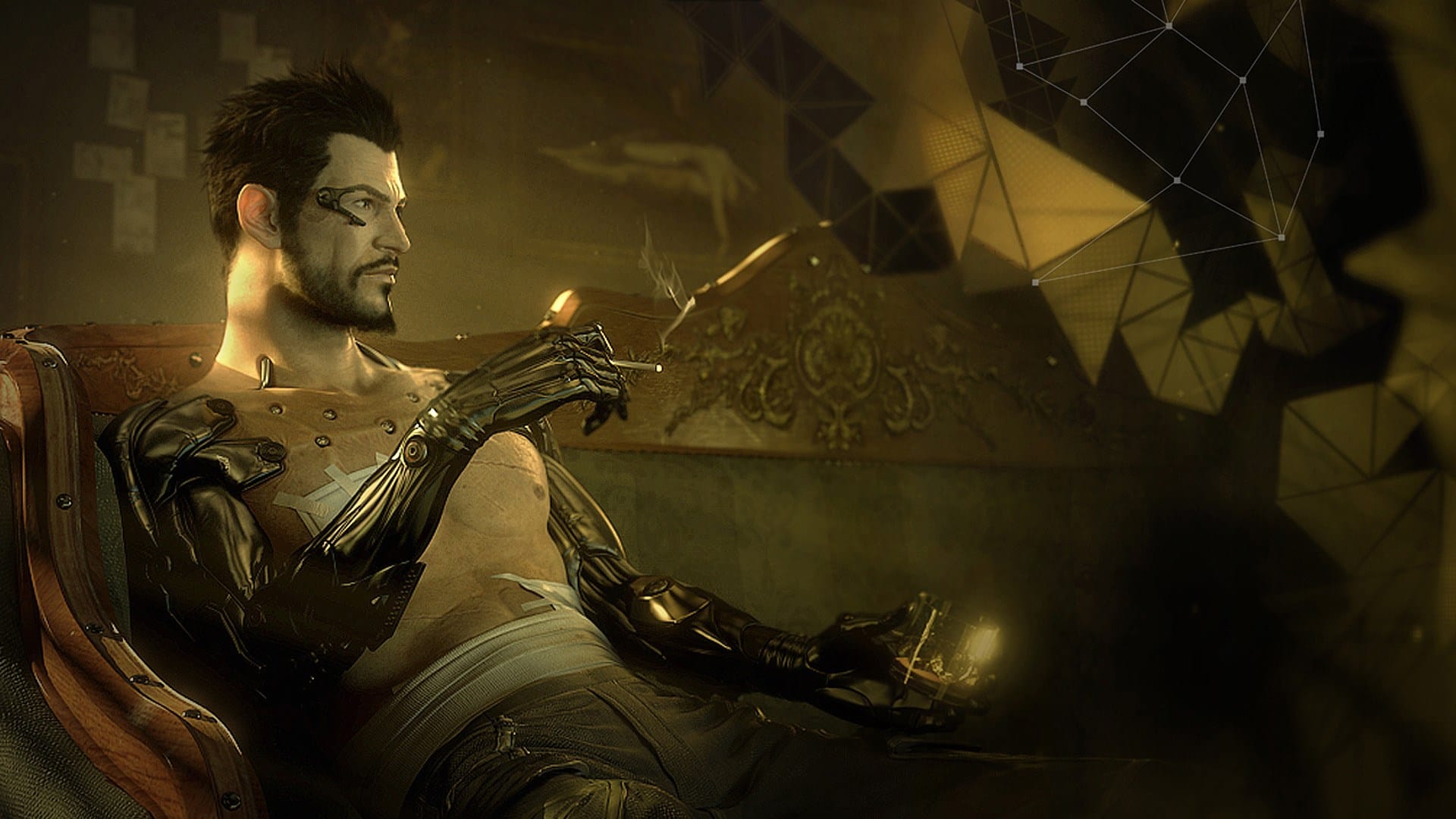
But I think the core issue is the design of Human Revolution itself. It followed a subtle, carefully crafted, but ultimately conservative approach to the franchise: Rather than try to innovate on the setting and systems of the first game, in many ways it simply gave them a new coat of paint for a new generation of hardware. As a prequel, Human Revolution was able to sidestep the legacy of Invisible War and shrewdly position itself as its antithesis. But this approach also ensured that with time it would be forgotten in the shadow of the original.
Like Deus Ex’s JC Denton, Human Revolution protagonist Adam Jensen is a shades-sporting, trench coat-wearing, genetically marvelous chosen one with a gravelly voice and an attitude problem. The look and feel of Human Revolution’s Detroit, Hengsha, Panchaea, and its level-hopping jet bear more than a passing resemblance to the original’s New York, Hong Kong, Area 51, and its stealth helicopter.
Human Revolution even found a narrative excuse to replicate the permanent darkness of the original: Jensen visits Detroit at night, and Hengsha is built on two levels, with the upper occluding most light to the lower. There are less subtle appeals to nostalgia too: The grid-based inventory system, the ribbon at the bottom of the screen with numerically indexed items, the snippets of Alexander Brandon’s and Michiel van den Bos’ original score coming out of stereo systems scattered about the world, even the awful regional accents — they all invoke the atmosphere of the first game.
The gameplay likewise largely borrows from the first Deus Ex. Human Revolution is structured around sneaking, talking, shooting, and exploring through complex environments that offer a variety of different approaches for the player to choose from. Larger levels, like the outstanding Tai Yong Medical infiltration mission, are connected via a couple of hub maps that offer side quests and additional exposition.
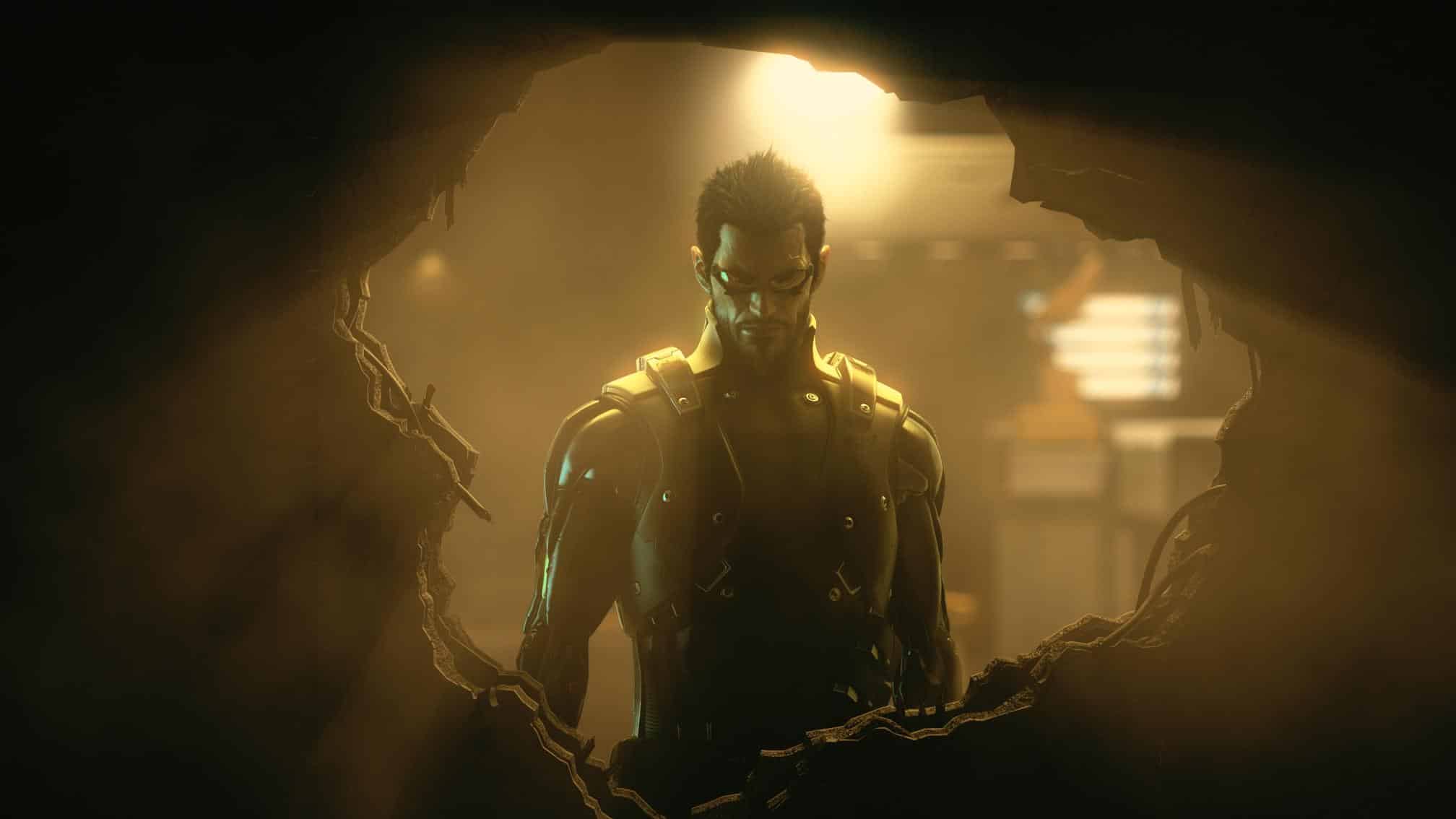
To some extent this is just part and parcel of the immersive sim genre, but the problem is that Human Revolution is entirely content to leave it that way. It attempts some innovations, but these are mostly shallow and forgettable tropes from the Xbox 360 / PlayStation 3 generation: automated takedowns, recharging health, a hacking mini-game, a cover system, oversized objective prompts, and simplified RPG mechanics. There are occasional flashes of genius — the persuasion mini-game, where Jensen must engage in fierce debate with a key character to progress to the next objective, is both entirely original and wholly in keeping with the spirit of Deus Ex — but they are few and far between.
In contrast, Human Revolution is surprisingly bold with its story, world-building, and art direction. This masks its limitations and probably accounts for much of the goodwill around its release.
Human Revolution deftly plays with the expectations set by the fiction. Jensen’s employer, biotech magnate David Sarif, is shady and evasive, but it turns out he is a play on the “evil corporate” stereotype: It’s a genuine surprise to find that, at the end of the game, Sarif is (sort of) one of the good guys — just naively and deeply in over his head.
It’s equally clever in how it foreshadows the events of Deus Ex, refusing to let the latter’s characters do any serious narrative work and largely confining them to notes and emails. These form part of a broader range of rich, layered, and sometimes unsettlingly relevant world-building devices. News articles, ebooks, radio shows, graffiti, and posters scattered around the world discuss transhumanism, body purism, climate change, discrimination, economic expansion in East Asia, the outsourcing of state functions, the gradual failure of antibiotics, violent protests, and so on.
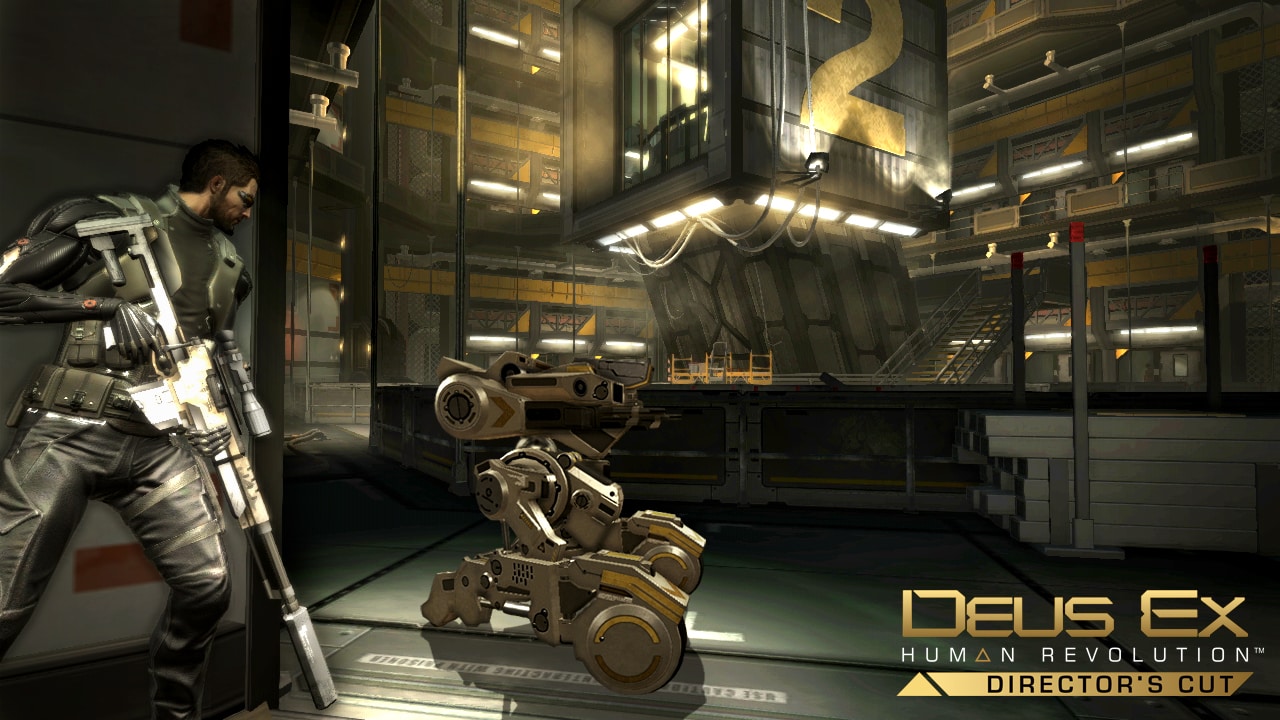
The world-building is elevated by the art direction. During development Eidos Montréal cited Renaissance art as an inspiration, especially the gold hues that signify opulence and prosperity. It’s too much at times; there are levels where entire areas seem to be colored gold, and switching among the gold UI, the NPCs with their ghastly gold-filtered facial animations, and the gold environments is exhausting. But by and large the singular color palette serves to tie together a remarkable variety of styles and assets.
Here Human Revolution unequivocally surpasses the original. The environments pack everything from the baroque furniture and Blade Runner-esque clutter in Jensen’s apartment to the sleek modernism of Tai Yong Medical. They include subtle, easily missed touches, like a set of decorative spheres in Sarif’s office, which can later be seen, fuzzy and distorted, in the glass panes of a rival company.
And they use color and lighting to underscore fascinating narrative themes. A late-game area that serves as a prison for a scientist is rendered entirely in black and white, for example. It stands in stark contrast to the game’s typical gold palette and may be interpreted in many ways, but it immediately reminded me of Frank Jackson’s “Mary in the black and white room” thought experiment.
Unfortunately, immersive sims are defined primarily by their atmosphere and their gameplay systems. So when Human Revolution’s bold narrative and artistic choices stumble, as they do in the final act — a cyberpunk spin on the zombie apocalypse that ends with a literal button-press choice of endings — it’s all the more apparent that Human Revolution is at its core mostly just the original Deus Ex with a facelift. Well-made and handled with great care, no doubt, but a facelift all the same. And like any facelift, it can’t aspire to the same kind of longevity as the original.

